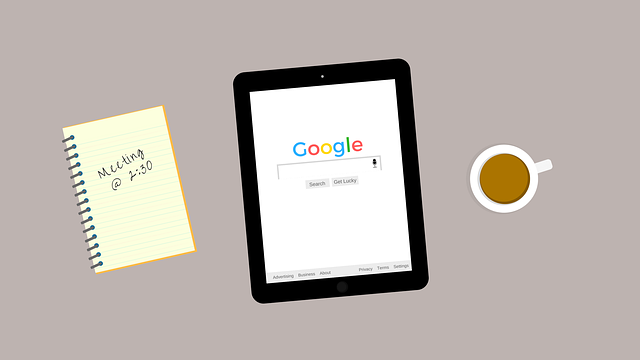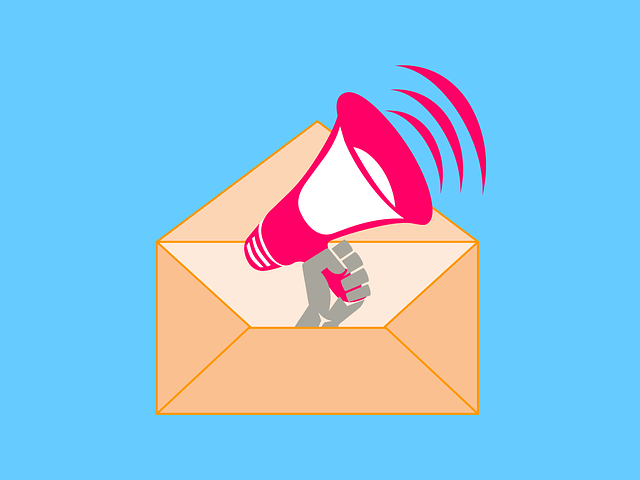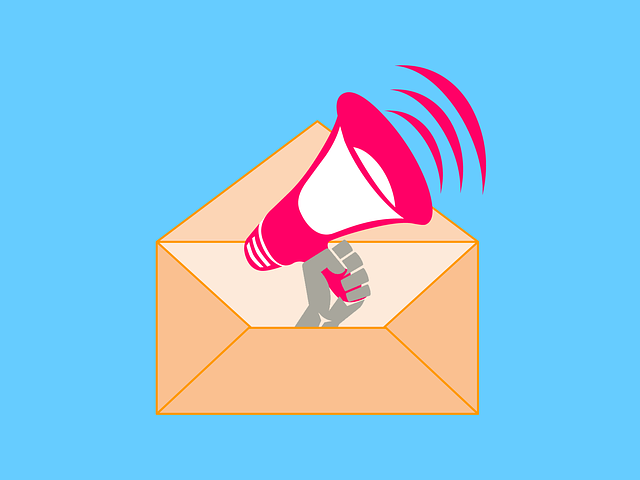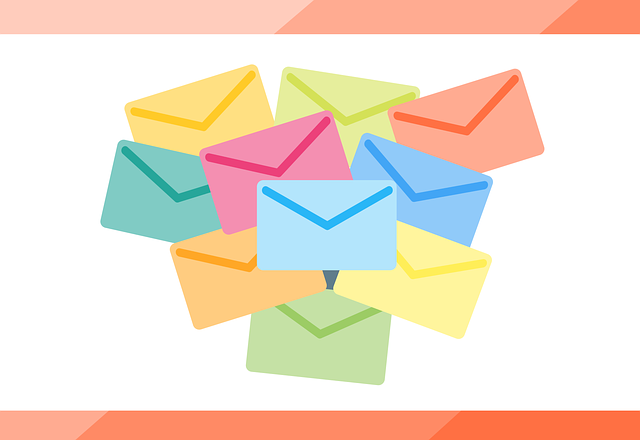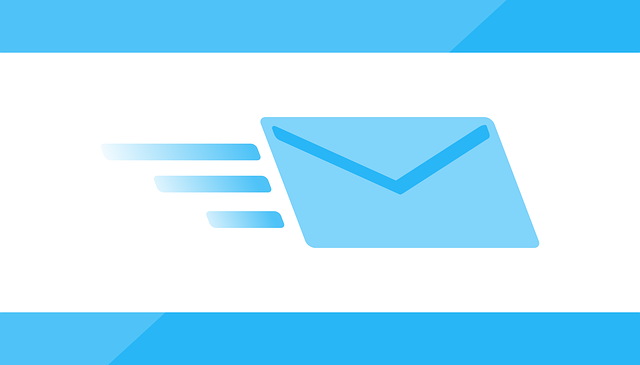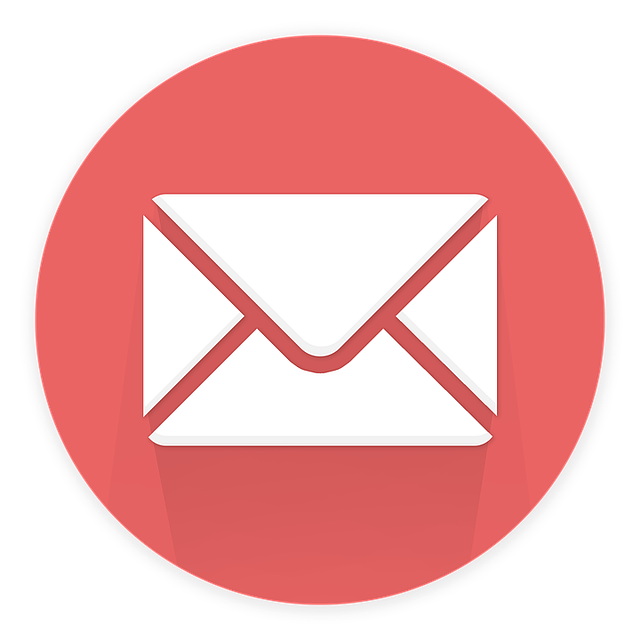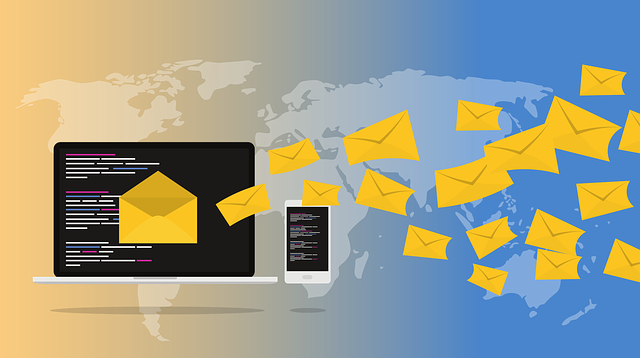Are you ready to unlock the power of email marketing for your healthcare or wellness business? Just like a well-crafted prescription, a strategic email campaign can deliver targeted messages directly to your patients, helping them stay informed, engaged, and on the path to optimal health.
In this article, we will guide you through the dos and don’ts of email marketing, ensuring your efforts are effective and impactful.
Think of your email list as a carefully curated medicine cabinet, filled with individuals who have expressed interest in your services. By building a targeted email list, you can ensure your messages reach the right audience, increasing the likelihood of engagement and conversion. From there, it’s all about creating engaging and relevant content that speaks directly to your patients’ needs, providing them with the information and resources they crave.
But it doesn’t stop there. Following best practices, personalizing your emails, and avoiding common mistakes will elevate your email marketing game to new heights. And don’t forget to analyze and improve your campaigns, fine-tuning your approach based on valuable data and insights.
So, grab your digital stethoscope and get ready to master the art of email marketing for healthcare and wellness. Your patients are waiting, and with the right strategies, your emails will become a vital part of their journey towards wellness.
Key Takeaways
- Building a targeted email list is crucial for healthcare and wellness businesses to reach the right audience.
- Personalizing content through segmentation and email automation can enhance engagement and relevance.
- Sharing inspiring stories and providing educational resources can establish trust and build relationships with the audience.
- Following email marketing best practices, such as subject line optimization and avoiding common mistakes, can maximize effectiveness and professionalism.
Build a Targeted Email List
Building a targeted email list is like carefully curating a garden of blooming flowers, ensuring that each recipient is a perfect match for your healthcare and wellness content.
To achieve this, you need to implement segmentation strategies and leverage email automation. Segmentation allows you to divide your audience based on specific criteria like age, gender, or health conditions, helping you deliver personalized content that resonates with each individual.
By using email automation, you can streamline the process of sending targeted emails to different segments, saving time and effort. This not only increases the effectiveness of your email marketing but also enhances the overall experience for your recipients.
Once you have built a targeted email list, the next step is to create engaging and relevant content that will captivate your audience and keep them coming back for more.
Create Engaging and Relevant Content
Crafting engaging and relevant content is key to capturing your audience’s attention and keeping them interested in what you have to offer. In the healthcare and wellness industry, it’s crucial to provide content that not only informs but also inspires and educates your subscribers.
Share inspiring stories of individuals who’ve overcome health challenges or achieved wellness goals. These stories can motivate your audience and make them feel connected to your brand.
Additionally, offer educational resources such as informative articles, videos, or podcasts that provide valuable insights and tips related to healthcare and wellness.
By consistently delivering content that resonates with your audience, you can establish yourself as a trusted source of information and build strong relationships.
In the next section, we’ll discuss how to follow email marketing best practices to maximize your campaign’s effectiveness.
Follow Email Marketing Best Practices
Maximize your email campaign’s impact by implementing these top-notch practices that will skyrocket your success in no time! To ensure your emails are effective and engaging, it is crucial to follow email marketing best practices. Two key areas to focus on are email segmentation and subject line optimization.
Email segmentation involves dividing your email list into smaller groups based on specific criteria such as demographics, interests, or past behaviors. This allows you to send targeted and personalized content that resonates with each group, increasing the likelihood of engagement and conversions.
When it comes to subject line optimization, it’s all about grabbing your recipients’ attention and enticing them to open your email. Keep it concise, clear, and compelling, using action words or posing intriguing questions to pique their curiosity.
By implementing these practices, you’ll see a significant improvement in your email marketing efforts. In the next section, we’ll explore how personalizing your emails can further boost your success.
Personalize Your Emails
To make your emails more impactful and engaging, personalize them according to your recipients’ preferences and interests. A customized approach shows that you value each individual and their unique needs.
Here are three ways to add a personal touch to your healthcare and wellness emails:
-
Segment your email list: Divide your subscribers into groups based on demographics, interests, or previous interactions. This allows you to send targeted messages that resonate with specific segments.
-
Use personalized subject lines: Catch your recipients’ attention by including their name or mentioning a specific interest in the subject line. This helps create a sense of connection and relevance.
-
Tailor content to their needs: Deliver content that addresses your recipients’ pain points and provides valuable solutions. By understanding their challenges, you can provide relevant information that they’ll find helpful.
By personalizing your emails, you can establish a stronger connection with your audience and increase engagement. Now, let’s explore how to avoid common email marketing mistakes.
Avoid Common Email Marketing Mistakes
One common mistake in email marketing is neglecting to proofread and edit your emails before sending them out. This can lead to embarrassing typos, grammatical errors, and broken links, which can undermine your credibility and professionalism. To avoid this mistake, take the time to carefully review each email before hitting the send button.
Additionally, email segmentation and A/B testing are important strategies to optimize your email marketing campaigns. By segmenting your audience based on their interests, demographics, or behavior, you can personalize your messages and increase engagement. A/B testing allows you to experiment with different subject lines, content, or call-to-actions to determine which performs better.
By incorporating these strategies, you can improve the effectiveness of your email marketing efforts. Transitioning into the subsequent section, analyzing and improving your email campaigns is crucial for long-term success.
Analyze and Improve Your Email Campaigns
Improving your email campaigns is like peeling back the layers of an onion, revealing hidden insights and opportunities for growth.
One crucial aspect to focus on is improving your open rates. To achieve this, you need to optimize your subject lines. A compelling subject line can entice recipients to click and explore the content of your email. Keep it concise, intriguing, and relevant to the recipient’s needs or interests.
Additionally, consider personalization techniques, such as using the recipient’s name or referencing their past interactions with your brand. A targeted subject line tailored to your audience can significantly improve open rates and increase the chances of your email being read.
Remember, the subject line is your first impression, so make it count!
Frequently Asked Questions
How can I ensure that my email marketing campaigns comply with privacy regulations such as HIPAA?
To ensure compliance with privacy regulations like HIPAA, it’s crucial to build trust with email subscribers. Did you know that 72% of consumers are concerned about their privacy when sharing personal information online? By prioritizing data encryption in your email marketing campaigns, you can address these concerns and establish yourself as a trustworthy healthcare or wellness provider.
Encrypting sensitive data ensures that it remains secure and protected. This instills confidence in your subscribers and helps you build long-lasting relationships.
What are some effective strategies for segmenting my email list to target different patient demographics?
To effectively segment your email list and target different patient demographics, you can use personalization techniques that improve engagement.
Start by analyzing your patient data to identify key demographics and interests. Then, create tailored email content that speaks directly to each segment’s needs and preferences.
Additionally, craft compelling subject lines that resonate with each demographic, highlighting relevant benefits or solutions. By personalizing your emails and subject lines, you can increase open rates, click-through rates, and ultimately, drive more conversions.
Are there any specific guidelines or best practices for using emojis in healthcare-related email marketing?
When it comes to using emojis in healthcare-related email marketing, it’s important to proceed with caution. While emojis can add a touch of personality and emotion to your messages, they may not always be appropriate in this industry.
However, if used sparingly and in a tasteful manner, emojis can enhance the impact of personalization in your email campaigns. Just remember to consider your audience, maintain professionalism, and ensure that the emojis align with your brand and message.
How can I measure the success of my email campaigns and track important metrics like open rates and click-through rates?
To track the success of your email campaigns and optimize subject lines, you need to focus on tracking conversions, open rates, and click-through rates. By monitoring these metrics, you can gauge the effectiveness of your campaigns and make data-driven decisions to improve future results.
Use email marketing tools that provide comprehensive analytics, such as Google Analytics or email service providers’ built-in tracking features.
Remember, measuring these metrics is crucial for achieving your healthcare and wellness business goals.
What are some effective ways to re-engage inactive subscribers and encourage them to become more active in my email campaigns?
To re-engage inactive subscribers and boost their activity in your email campaigns, try these effective strategies.
First, send personalized content that addresses their specific interests and needs.
Use compelling subject lines to grab their attention and entice them to open your emails.
Offer exclusive incentives or promotions to incentivize their participation.
Additionally, consider implementing a win-back campaign specifically targeting inactive subscribers with a compelling call to action.
By employing these re-engagement techniques, you can increase subscriber activity and drive better results for your email marketing efforts.
Conclusion
Congratulations! You now have the tools to master email marketing for healthcare and wellness.
Remember, building a targeted email list is like assembling a team of specialists who can provide personalized care.
Creating engaging content is like prescribing a tailored treatment plan that keeps patients coming back for more.
By following best practices, you’ll ensure your emails are like a well-oiled machine, delivering valuable information seamlessly.
And just like a doctor, analyze and improve your campaigns to continuously enhance your patients’ experience.
So go ahead, start your email marketing journey and watch your healthcare practice thrive!

